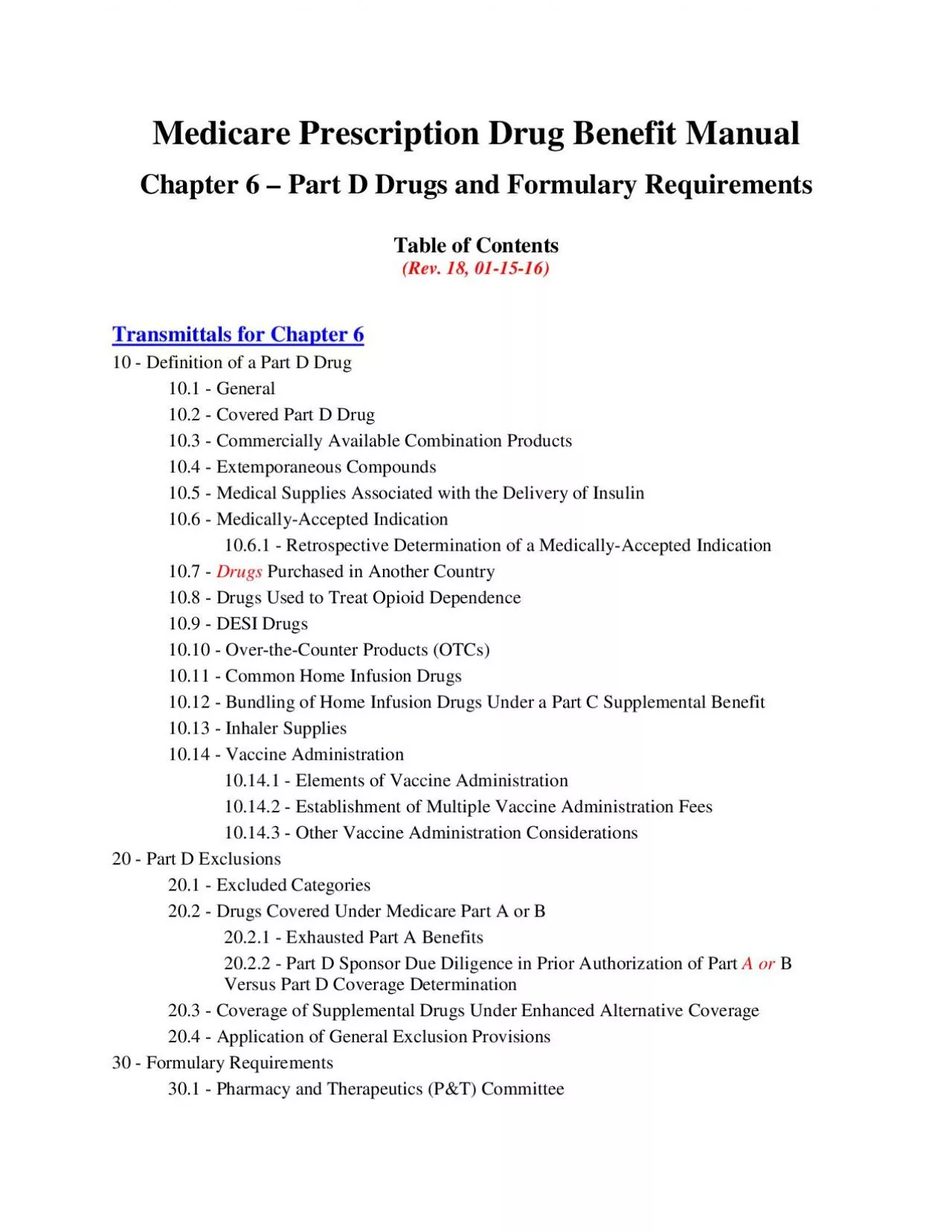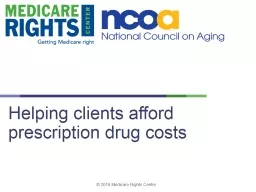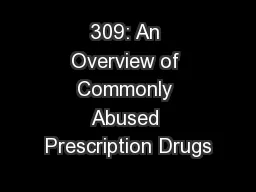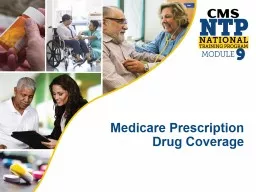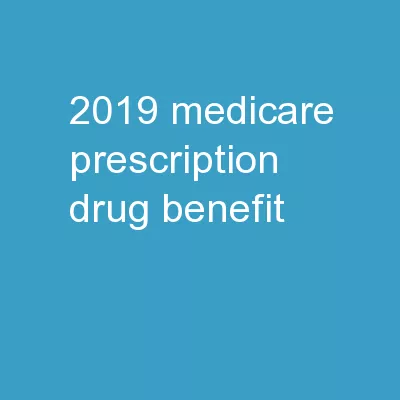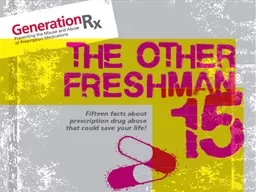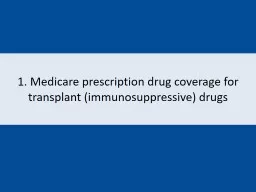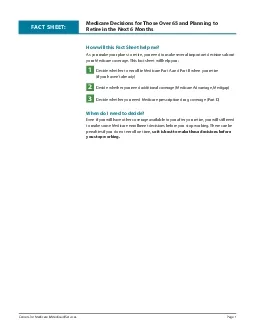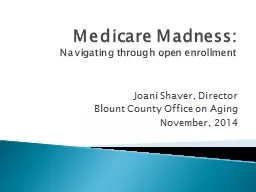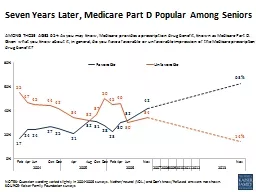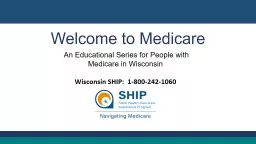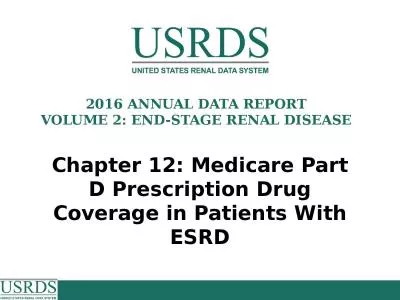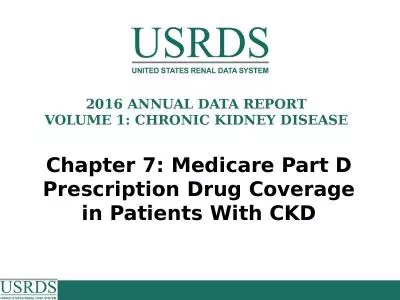PDF-Medicare Prescription Drug Benefit ManualChapter 6 Part D Drugs and Fo
Author : joanne | Published Date : 2022-08-16
Definition of a Part D DrugGeneralCovered Part D Drug MembershipConflict of InterestPT Committee Member Disclosure to CMSMeeting AdministrationFormulary ManagementFormulary
Presentation Embed Code
Download Presentation
Download Presentation The PPT/PDF document "Medicare Prescription Drug Benefit Manua..." is the property of its rightful owner. Permission is granted to download and print the materials on this website for personal, non-commercial use only, and to display it on your personal computer provided you do not modify the materials and that you retain all copyright notices contained in the materials. By downloading content from our website, you accept the terms of this agreement.
Medicare Prescription Drug Benefit ManualChapter 6 Part D Drugs and Fo: Transcript
Download Rules Of Document
"Medicare Prescription Drug Benefit ManualChapter 6 Part D Drugs and Fo"The content belongs to its owner. You may download and print it for personal use, without modification, and keep all copyright notices. By downloading, you agree to these terms.
Related Documents

